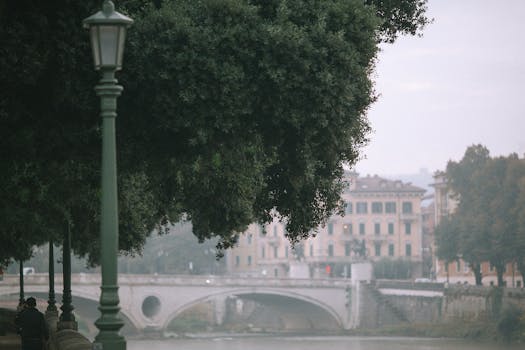
Urban Green Spaces: The Future of Outdoor Living in European Cities by 2025
Introduction to Urban Green Spaces
Urban Green Spaces, the future of outdoor living in European cities by 2025, is a concept that has gained significant attention in recent years. As the world becomes increasingly urbanized, the need for green spaces in cities has become more pressing. Urban green spaces refer to areas of vegetation, such as parks, gardens, and green roofs, that are integrated into the urban environment. These spaces provide numerous benefits, including improved air quality, reduced noise pollution, and enhanced biodiversity.
Benefits of Urban Green Spaces
Urban green spaces have numerous benefits for both the environment and human health. Some of the most significant advantages include:
- Improved air quality: Urban green spaces can absorb pollutants and particulate matter, improving the air quality in cities.
- Reduced noise pollution: Green spaces can act as a buffer, reducing noise pollution from traffic and other urban activities.
- Enhanced biodiversity: Urban green spaces can provide habitats for a variety of plant and animal species, enhancing biodiversity in cities.
- Improved mental health: Spending time in green spaces can reduce stress, improve mood, and enhance cognitive function.
- Increased physical activity: Urban green spaces can provide opportunities for physical activity, such as walking, cycling, and sports.
European Cities Leading the Way
Several European cities are leading the way in incorporating urban green spaces into their urban planning. Some examples include:
- Stockholm, Sweden: Stockholm has implemented a range of green initiatives, including green roofs, urban parks, and green corridors.
- Copenhagen, Denmark: Copenhagen has invested heavily in green infrastructure, including green roofs, parks, and bicycle lanes.
- Barcelona, Spain: Barcelona has implemented a range of urban green space initiatives, including green roofs, parks, and green walls.
Challenges and Opportunities
While urban green spaces offer numerous benefits, there are also challenges and opportunities to consider. Some of the key challenges include:
- Space constraints: Many cities face space constraints, making it difficult to incorporate large green spaces into urban planning.
- Funding: Implementing and maintaining urban green spaces can be costly, requiring significant investment from cities.
- Community engagement: Urban green spaces require community engagement and participation to ensure their success and sustainability.
Despite these challenges, there are also opportunities for innovation and creativity in urban green space design. Some examples include:
- Green roofs: Green roofs can provide additional green space in cities, while also reducing energy consumption and improving air quality.
- Vertical gardens: Vertical gardens can provide green space in tight urban areas, while also enhancing biodiversity and improving air quality.
- Community-led initiatives: Community-led initiatives can provide opportunities for community engagement and participation in urban green space design and maintenance.
Conclusion
Urban Green Spaces, the future of outdoor living in European cities by 2025, is a vital concept that has the potential to transform the way we live and interact with our urban environments. By incorporating green spaces into urban planning, cities can improve air quality, reduce noise pollution, and enhance biodiversity, while also providing numerous benefits for human health and well-being. As we look to the future, it is essential that we prioritize urban green spaces and work towards creating more sustainable, livable, and thriving cities.






